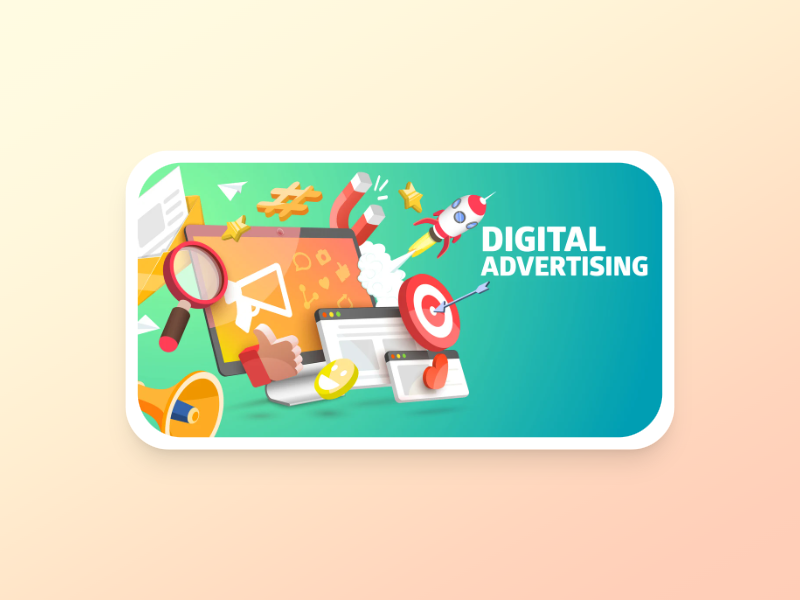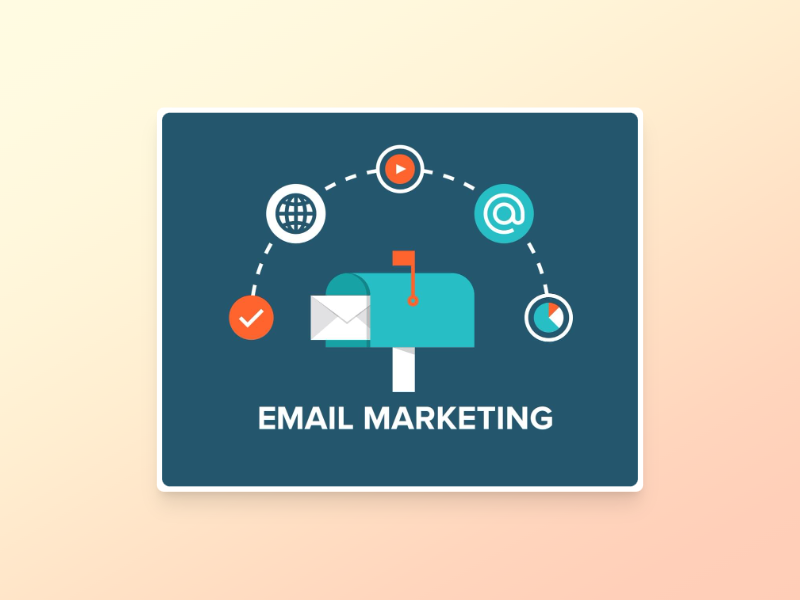How Retailers Spend on Five Key Marketing Strategies
Find how retailers spend on five key marketing strategies to attract and retain customers. Learn about digital ads, content, email, social media, and influencers.
Posted by
Related reading
Recraft AI: Best AI Image Generator
Learn how to use the latest version of Recraft AI, the top AI image generator, to create amazing images.
Creating not safe for work (NSFW) images has become easier with the rise of AI art generators.
Bobbi Althoff AI Video: The Alarming Rise of Deepfake
A deepfake video scandal involving influencer Bobby Alof sparks debate on AI's misuse, raising privacy concerns and the need for ethical AI use.

Overview of Retailer Spending
Retailers need sharp strategies to stay competitive. Investing in effective marketing channels is key. The right approach connects with customers, boosts engagement, and drives sales. Many retailers dedicate a big part of their budget to marketing. Here’s how they spend on five strategies and what they aim to achieve.
1. Digital Advertising
Image courtesy: CleanSnap
Digital ads are a major part of retail marketing. This includes search engine ads, social media ads, and display ads.
- Reach Target Customers: Digital ads focus on specific customer groups based on interests.
- Get Real-Time Feedback: Tools like Google Analytics help track how ads perform.
- Save Money: Digital ads can cost less than traditional ads and get better results.
Popular Platforms
- Google Ads: Shows ads to customers searching for products.
- Facebook & Instagram: Lets businesses target specific groups easily.
- YouTube: Good for video ads and reaching people who like videos. Retailers choose these platforms for their reach and targeting. This helps them reach people who are ready to buy. It also boosts their return on investment (ROI).
2. Content Marketing
Their practice of content marketing includes writing blog posts, filming videos, and drawing infographics to attract customers. This cultivates trust and stronger ties in the long run.
- Build Customer Trust: Good content shows customers the brand understands their needs.
- Improve Search Rankings: Search engines reward websites with useful content. This brings in more visitors.
- Keep Customers Engaged: Interesting content keeps people on the website longer. This makes them more likely to come back.
Types of Content
- Blog Posts: Answer common customer questions and solve problems.
- Videos: Share tutorials, product reviews, and behind-the-scenes content.
- Infographics: Make complex ideas simple with visuals. Content marketing helps retailers become experts in their field. It attracts visitors and keeps them interested in the brand.
3. Email Marketing
Image courtesy: CleanSnap
Email is a direct way to reach customers. Retailers use it to keep customers informed about new products, offers, and updates.
- Directly delivered: Emails are received right into the inbox of the customer. It feels personal.
- High Return: Email marketing generally has a much greater return than other methods.
- Bring Customers Back: With emails, you can also follow up with new arrivals, update your customers about sales, etc. Ultimately, this drives them to make the purchase some way or another.
Types of Emails
- Newsletters: Share product updates and industry news.
- Promotional Emails: Highlight discounts and special offers.
- Personalized Emails: Tailor content based on what customers like. Retailers use software to make email campaigns easy. This helps them reach customers without much effort.
4. Social Media Marketing
Social media is where brands and customers connect. It helps retailers share content, run promotions, and interact with their audience.
- Build Brand Awareness: Social media makes the brand visible to more people.
- Engage Customers: It’s a space where retailers can answer questions and respond to feedback.
- Go Viral: Fun or interesting posts can spread quickly, reaching new people.
Popular Platforms
- Facebook: Good for building communities and running targeted ads.
- Instagram: Great for visual content and reaching younger audiences.
- Twitter: Useful for updates and quick customer support. Retailers use a mix of organic posts and ads. This keeps their presence strong while reaching new customers. It also helps them analyze what works best.
5. Influencer Marketing
Influencer marketing uses popular social media personalities to promote products. Retailers partner with influencers who match their brand’s values.
Why is Influencer Marketing Important?
- Show Authentic Recommendations: Influencers give real opinions that their followers trust.
- Tap into New Audiences: Influencers bring their audience to the brand.
- Increase Sales: Followers trust influencers, making them more likely to buy.
Types of Influencers
- Macro-Influencers: Celebrities with large followings.
- Micro-Influencers: Smaller audience but more engaged.
- Nano-Influencers: Regular users with a tight-knit group of followers. Choosing the right influencer is important. Retailers look for influencers whose audience matches their target customers. This ensures their investment pays off.
FAQ
Image courtesy: CleanSnap
How do retailers decide which marketing strategies to invest in?
Retailers can handle this in multiple ways; for some, they will measure different customer segments and market trends, others are interested in their historical marketing strategies to find which one can work more effectively. One common approach to this is A/B testing.
What is the average budget retailers spend on marketing?
This is a very broad spectrum. Most retailers spend 5% to 10% of their top-line revenue on marketing. This percentage will vary depending on industry, business objectives, and the state of the market.
How can small retailers compete with larger brands in marketing?
Small-sized retailers can concentrate on a few market niches, create unique customer service experiences, and use inexpensive digital marketing channels such as social media and content marketing.
Is traditional advertising still relevant for retailers?
Yes, in some cases. Print media, among other conventional methods of advertising, has been around since the 15th century, and it still stands true today that print media is one of the major methods to advertise a product. Corporate action plans are not just cookie-cutter solutions. They can work based on the audience you seek and the market environment. Others say a symphony of new and old strategies boosts reach and interaction.
How do retailers measure the success of their marketing strategies?
After conducting marketing activities, retailers measure these campaigns as successful by a range of metrics which are:
- Return on Investment (ROI)—Calculates profitability of marketing initiatives.
- Conversion Rates: Monitors the number of visitors that turn into a sale.
- To put it simply, CAC stands for Customer Acquisition Cost, and it measures the cost involved in acquiring a new customer.
- Customer Lifetime Value (CLV): Predicts the total revenue a customer will generate over their entire relationship with the brand. These metrics help retailers measure the success of their marketing campaigns and decide what changes they need to make to increase the impact.
Conclusion
Retailers spend a ton of money on digital advertising, content marketing, email marketing, social media marketing, and influencer marketing. Both strategies have their advantages and can mean a great deal to the success of a retailer. Retailers need to grasp these trends and invest responsibly in them to drive customer retention, making for more growth and profitability.
Exclusive offers
Get traffic from web directories.


